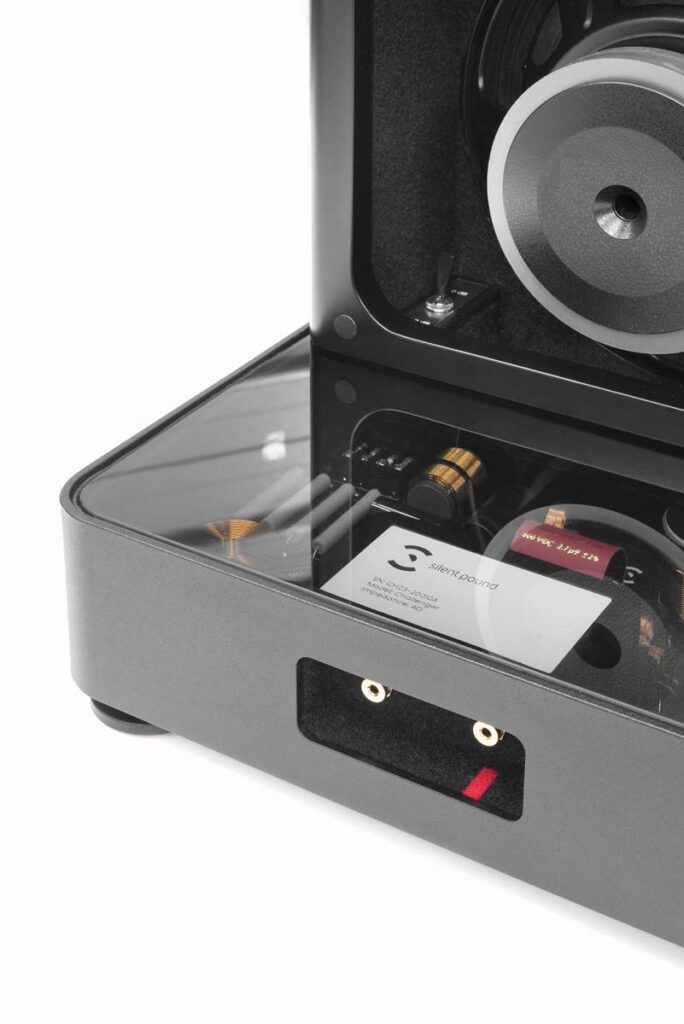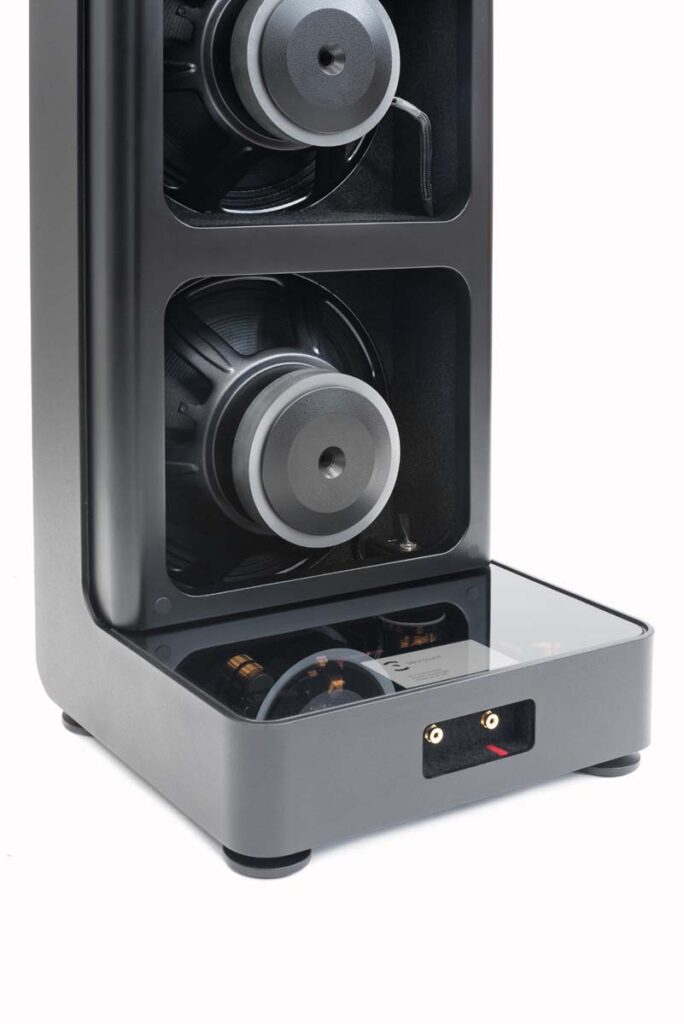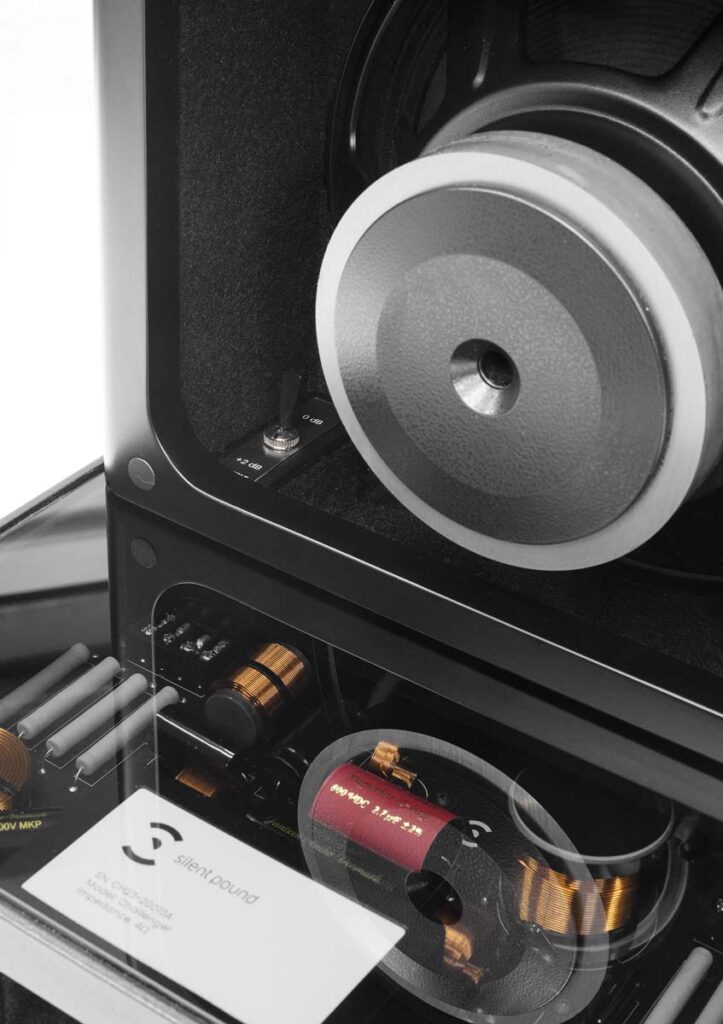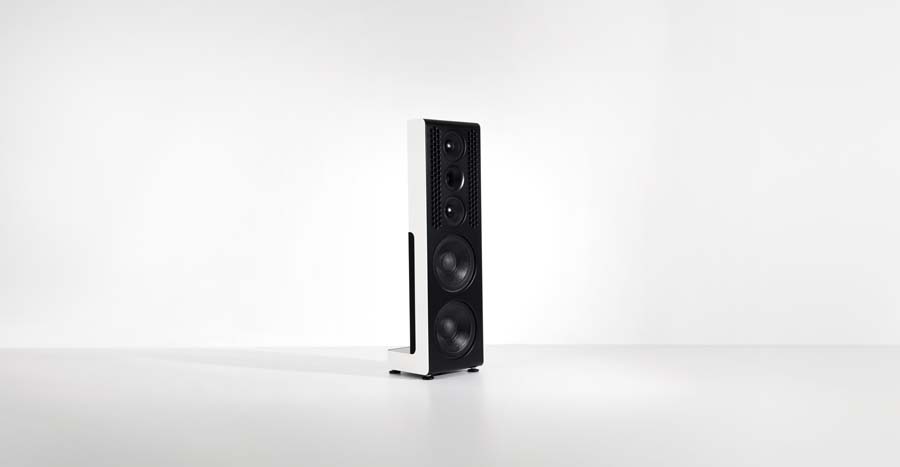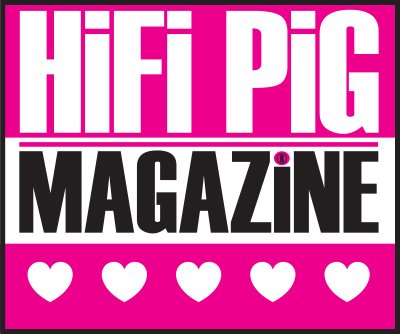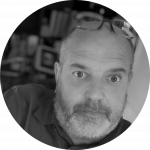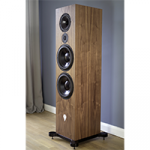SILENT POUND CHALLENGER II LOUDSPEAKER REVIEW
We first came across Lithuanian newcomers Silent Pound a little over a year ago, whilst attending the Warsaw Audio Video Show where we were immediately grabbed, first of all by the very different and very daring aesthetic and design of the Challenger II loudspeakers and secondly by the sound they were making.
A few months later the Silent Pound team invited us to a private demonstration at a hotel away from the main Munich High End event. This latter encounter gave us the opportunity to take a longer listen to the speakers and to have a look at the new oak finish – the speakers are available in black, white and oak. More recently, we have heard a newer and smaller “integrated standmount” speaker and everyone we spoke to mentioned they had been impressed by it.
LIFESTYLE LOUDSPEAKERS OR SPEAKERS THAT JUST HAPPEN TO LOOK GREAT?
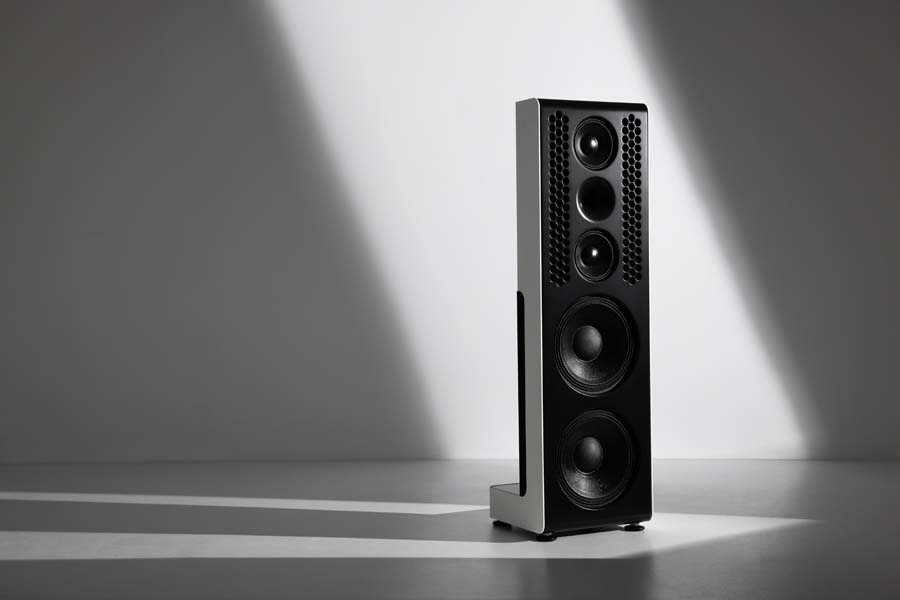
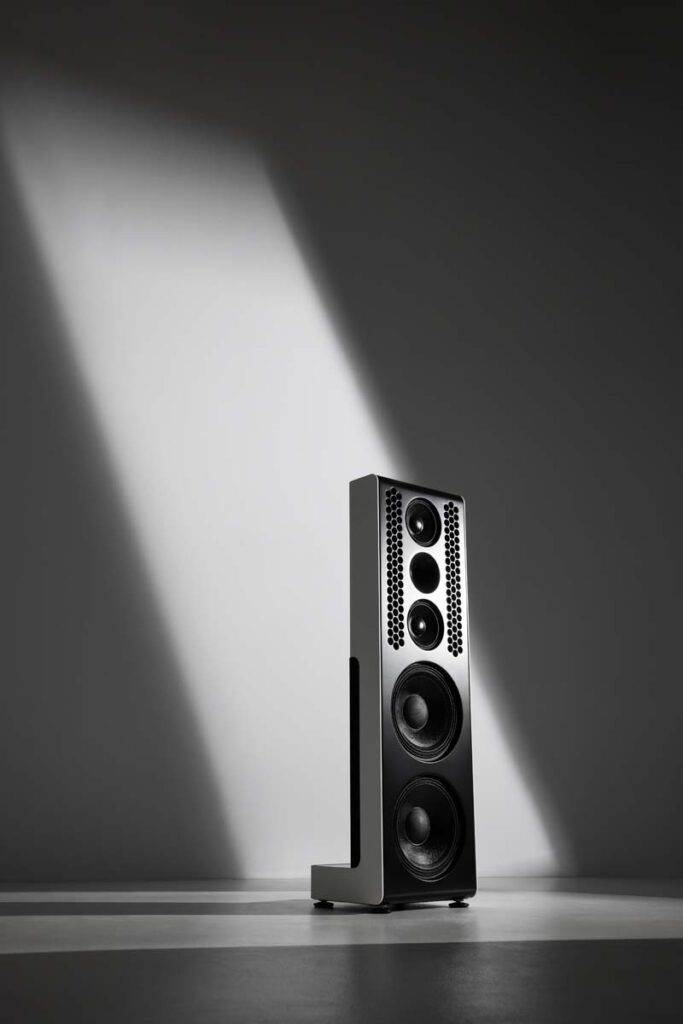
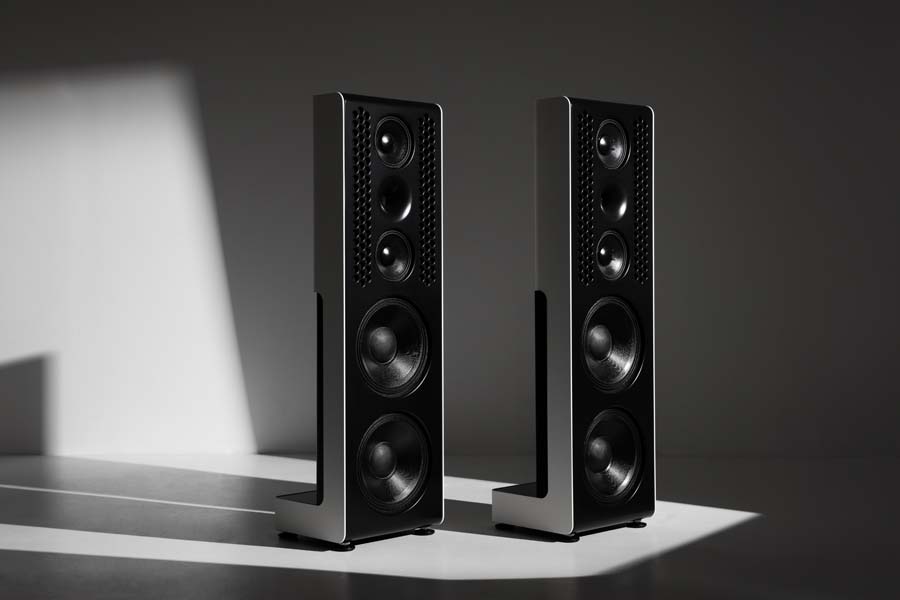
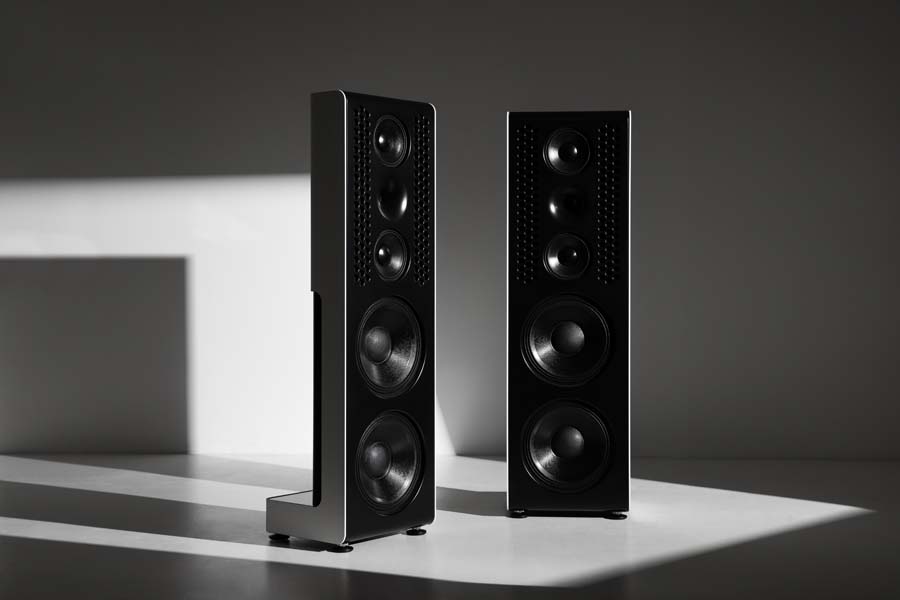
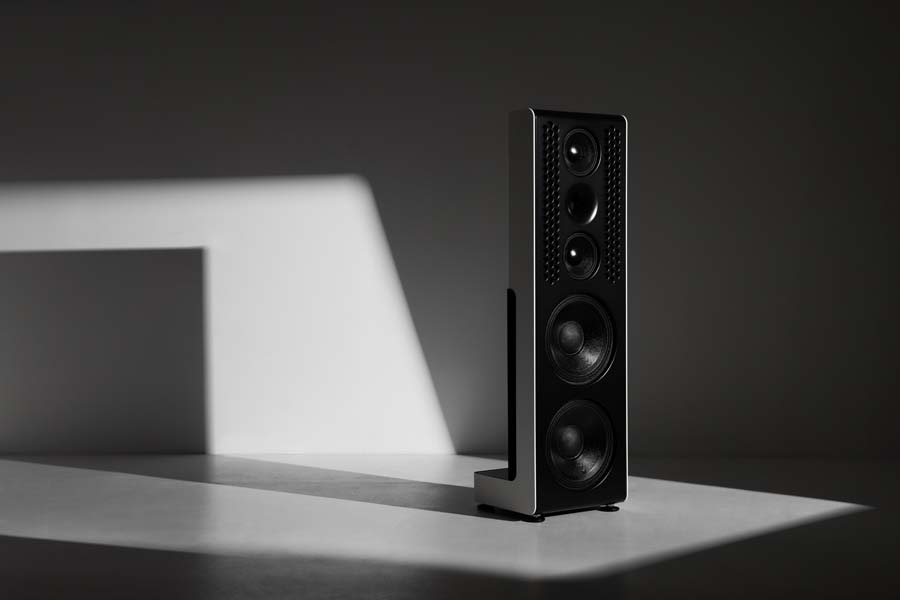
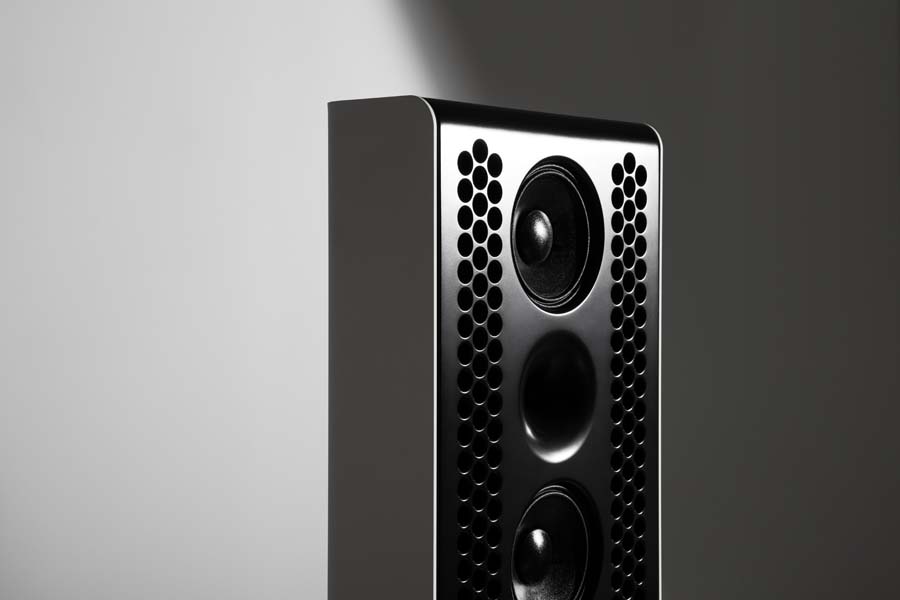
Lifestyle products in the audiophile world get a bit of a bad press but more and more savvy brands are cottoning on to the fact that when someone is spending a fair old whack on a pair of speakers (or whatever) they want not just superlative sound quality, but also something that fits into their home without looking like something out of the BBC Radiophonics studios of the 1950s. Grimm, Dutch & Dutch, Aqueo, Blackwood, and Kii (among others) have all gone down a path of offering audiophile-grade loudspeaker systems, but with a modern aesthetic. Some of these brands have chose fully integrated systems with onboard amps and DSP whereas others, Silent Pound included, have gone down the passive path in a package that looks the part.
My views on the lifestyle debate is pretty simple; this is where the future of a good proportion of the higher-tier buyers will end up spending their money – products that offer ease of use, sonic excellence, and a look that fits in with their lifestyle – with the Silent Pound Challenger II filling at least 2 of these criteria.
I see the Silent Pound speakers as not only appealing to those looking for great sound (we’ll get onto whether they sound alright or not in a bit), but also to those folk looking to make that architectural statement in their home. Whilst the Challenger II are ultra-modern in their look, I also think that juxtaposing the old and the new would have them fit I very nicely in more traditionally furnished homes. If I was setting up a photoshoot for the Silent Pound Challenger IIs it would be in a lofty kind of space with lots of light and a very open and modern design.
You get the picture?
I asked Martynas Serksnys of Silent Pound what he thought about the Lifestyle appeal (I think we need to find a more appropriate word) of their loudspeakers and his response was “While our speakers fit beautifully into lifestyle spaces and have strong visual appeal, we see them as far more than just “lifestyle products.” They are designed for high-performance audio, engineered to meet the demands of discerning listeners who prioritise sound quality alongside design. Every Silent Pound speaker is built with the finest components and pro-series drivers to ensure superior audio fidelity, dynamic range, and longevity. This commitment to using top-tier materials ensures that the sound quality is as impeccable as the aesthetics. While they complement any space, our primary focus remains on delivering unmatched sonic accuracy and immersion, making them far more than just visually appealing objects.”
And I guess this is the point I’m making; it is possible to create excellence in sound without compromising on design. Whether that is the definition of a lifestyle product is a bit of a different discussion, but safe to say I think the Silent Pound speakers look fantastic.
As well as the three basic colours (black, white (we had white) and Oak, Silent Pound’s website suggests that custom colours can be made available, presumably at a premium.
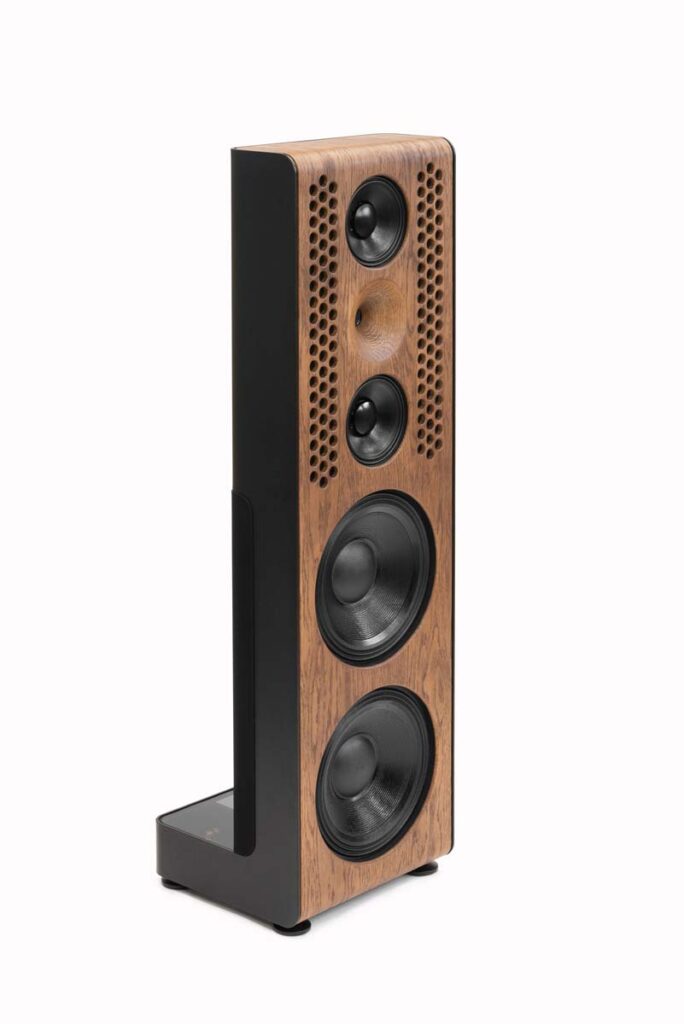


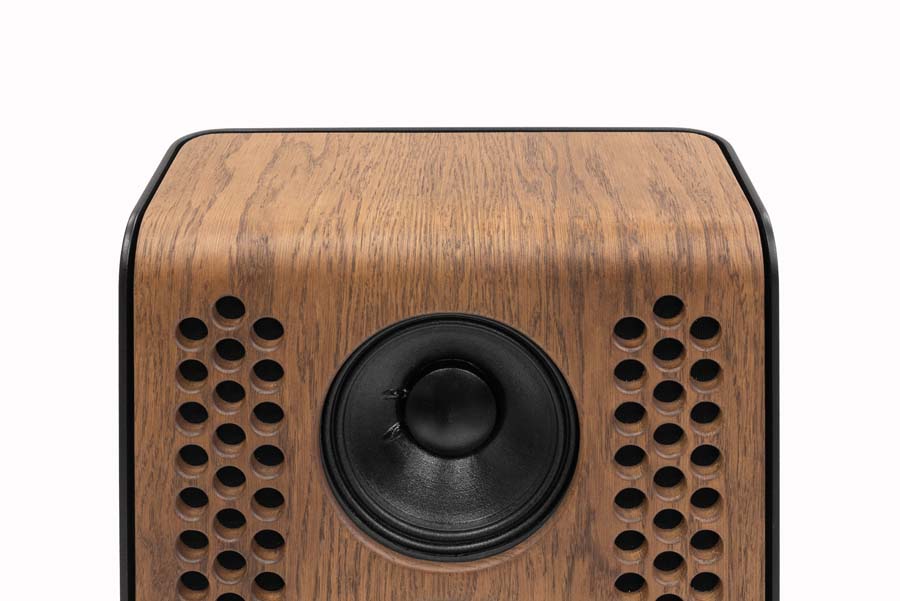
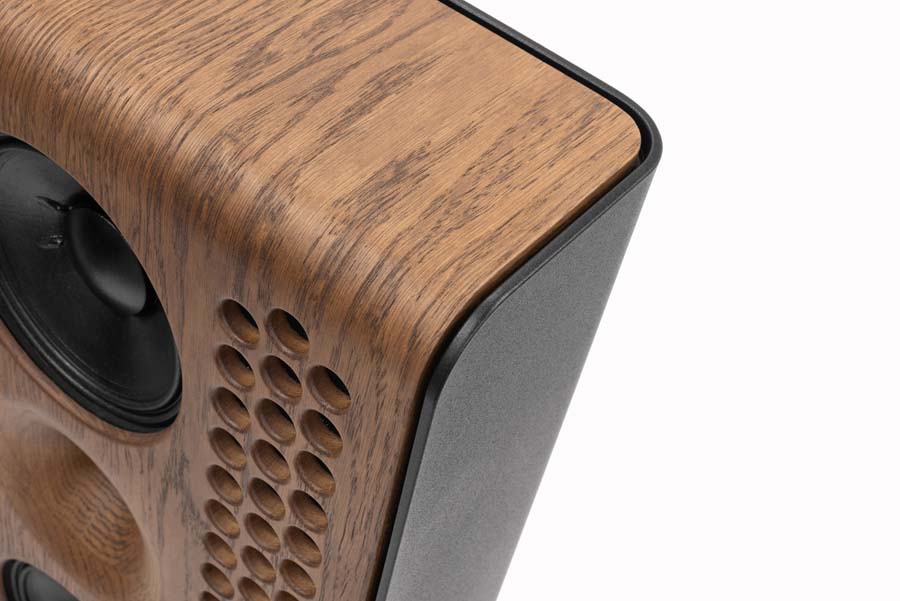
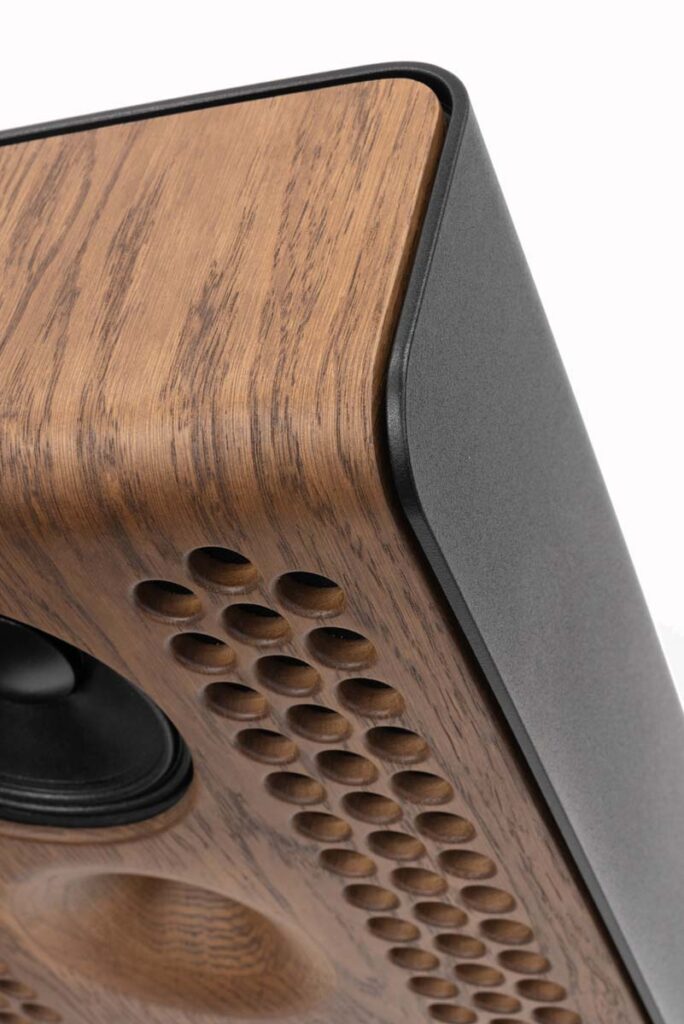
BUILD AND FEATURES OF SILENT POUND CHALLENGER II LOUDSPEAKERS
Let’s get the basic specs out the way first of all. The Challenger IIs have 2 x 300mm (12”) bass drivers (woofers) that are designed especially for the company, there are 2 x 160mm (6”) mids, and dealing with the top notes is a 1” compression driver. The two bass drivers are running open baffle and are positioned at the bottom of the front panel and moving up we then have a mid, the treble, and another mid making for a 3.5-way design, with the latter Mid-Tweeter-Mid array being housed in their own enclosure. They are 124cm high x 36 x 35 and come with a set of adjustable feet for levelling the speakers. They weigh 60kg each and you do need two people to get these out of the box and in position. Frequency response is a claimed 30Hz to 18kHz, they have a nominal impedance of 4 ohm, and are 88db sensitive.
For the actual construction and materials used and why, I again turned to Martynas with him saying “Our cabinets are constructed from steel, bonded into a sandwich structure with an internal MDF frame, which significantly reduces resonances and vibrations – (Stu – they are dead with the tap test). The front panel is available in either MDF or oak. Additionally, it features a CNC-milled horn, precisely crafted to enhance high-frequency performance. The crossover is covered by tempered, tinted glass, which not only protects the internal components but also adds a touch of sophistication to the design.”
There’s no denying that the finish and the look of the speakers is something quite special and they certainly do have a premium feel to them despite their (relatively) modest asking price of (from) 27999 euros – that puts them pretty much in direct competition with the likes of our Audiovector R6 Arrete. Fit and finish is top-notch, as was the simple but effective packaging. Nice touches are the hardware (footers etc) coming in a box with a metal plaque of authenticity in there. Silly details, but details that matter when you are spending this kind of money.
SWITCHED ON THINKING
Hidden away at the bottom of the back of the speaker are a couple of toggle switches that allow you to tune (somewhat) the response of the Challenger II loudspeakers. The exact tenability is -3dB on the bass and +2dB on the treble. This makes sense for rooms that prove to be problematic in bass response (knock the bass down) or should you want to boost the treble response a smidge. For our room, in our listening situation, and after playing about with these switches for a bit, I found no need to move them fro the standard position, but I do understand that some folk will find the addition of these controls to be useful.
THE OPEN BAFFLE QUESTION
As I’ve touched on, these are a kind of hybrid design loudspeaker with the two twelve inch drivers being run open baffle and the mids and tweeters in their own (though integrated) enclosure. I asked Martynas about the thinking behind the layout of the Challenger II and what benefits he thought this design brings to the party.
“When designing the Challenger II, we focused on two main principles:
- Interaction with Room Environment – to reduce the impact of room acoustics, and
- Acoustic Precision and Dynamic Response – to achieve high dynamic range, transient response, and tonal balance.
In addressing the first point—minimising room interaction—we explored a wide range of solutions. This included performing extensive mathematical calculations and simulations to determine the optimal wave radiation patterns. Through this process, we concluded that an open-back configuration for the low frequencies would be ideal for maintaining directivity and reducing room interaction. This setup provides precise control over low frequencies without occupying much space and supports a high directivity index.
For the midrange, we avoided a dipole design to prevent rear reflections from distorting the soundstage. Instead, we developed a patent-pending enclosure that opens to the front, which matches the midrange directivity to that of the low frequencies. This unique design balances internal and external pressures, reducing the “acoustic loading” effect that can compress driver motion and cause distortion. By allowing the driver to operate freely, it improves impulse response, reduces harmonic distortion, and enhances dynamic range.
For the high frequencies, we use a custom-designed horn, providing controlled directivity that aligns with the lower-frequency drivers.
Each element of the Challenger II—low, midrange, and high-frequency modules—is designed to complement each other in directivity, resulting in a system that radiates sound primarily forward with minimal lateral and rearward dispersion. This significantly reduces the quantity and strength of reflections, enhancing acoustic clarity and precision.”
One of the features that I like on these speakers is how the crossover is built into the bass of the speaker and has a glass panel over it so you can see the components and their layout. It’s a bit nerdy, but I think it’s a pretty cool thing to look at. When asked about specific crossover points Martynas preferred not to comment given the research and work they have put Into getting these right, but he did say “The crossover network in the Challenger II is a highly specialised asymmetric design that integrates both acoustic and electrical slopes. This configuration leverages the low-frequency gradient configuration to achieve quite high SPL levels while maintaining accurate sound separation across all drivers. High-order (3-4 order) slopes in the crossover filter unwanted frequencies and avoid driver operation in the ranges where cone break-up occurs, which is not possible to achieve with lower-order slopes. This design ensures seamless integration across the entire frequency range and maintains precise control over the sound’s directivity.”
SOUND QUALITY
Directivity and reducing room interactions is a massive goal with regards to the Silent Pound Challenger II speakers, but they do have a complex crossover design and are pretty insensitive. I think it’s fair to outline here what my expectations were going in to this review. I was expecting soundstaging on these speakers to be excellent and with good depth but not necessarily masses of width. Bass I expected to be a bit on the light side for my tastes, but for it to be well integrated into the rest of the speaker array. I was expecting to have to push them pretty hard with our Electrocompaniet AW800 M power amplifier to get the best out of them even their sensitivity.
Let’s see…
The speakers were brand new when we got them and so I did as I do with all new speakers into the reference system and mixed house and techno through them for a week or so before settling down to do more serious listening. Set up was pretty simple and I had them placed well away from back or side walls and slightly toed in towards the listening position. Apart from playing vinyl through thee speakers when having a bit of a mix, for the actual listening tests I used digital files and hi-res streamed content from QOBUZ via ROON. Our streaming system is pretty sorted with a Anzus D3 switch and an Auralic Streamer going into a heavily modified Lampizator DAC.
The common phrase bandied about in audiophile circles when open baffle bass is mentioned is “There’s something special about OB bass” and it’s true. I was smitten by its charms around 15 years ago when a friend brought his OB/Horn hybrids around for a listen. I’d also heard OB speakers before then at a show where a pair of (iirc) Lampizator-inspired OBs made an appearance – if I recall correctly, they used SABA green cones for the mids and some pro-level 12 inch drivers. I do buy into this “specialness” around OB bass, but trying to put your fingers on why it is appealing is a little more difficult. With the Silent Pound Challenger IIs I found that the bass just integrated so well into the rest of the frequencies in the music I was listening to – perhaps as much to do with excellent crossover design and driver choice as anything to do with them being open baffle. There can be a tendency (and I say this as a fully paid up basshead) for bass to be overblown and over-pronounced in the way some speakers present it, but the Challenger IIs feel like the bass is deep, low and apparent without being over-represented.
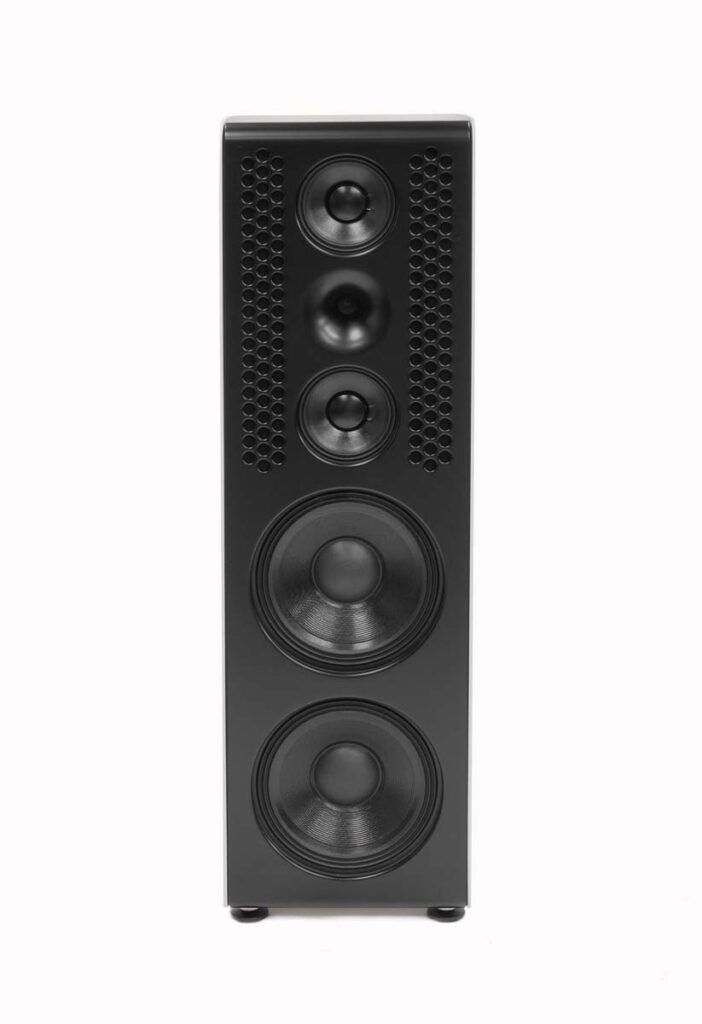
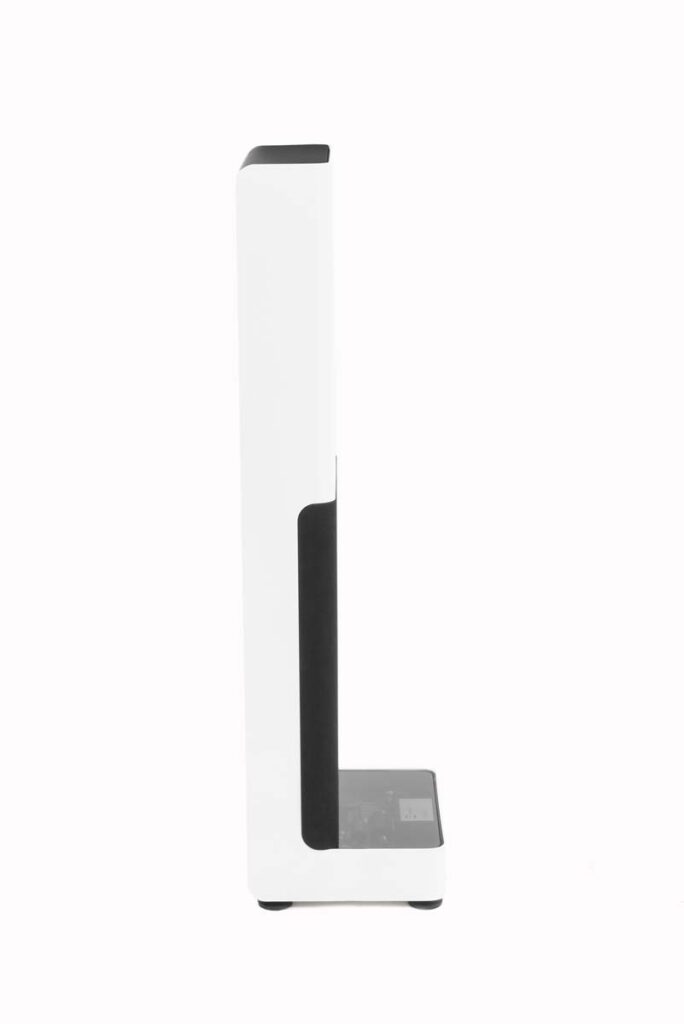
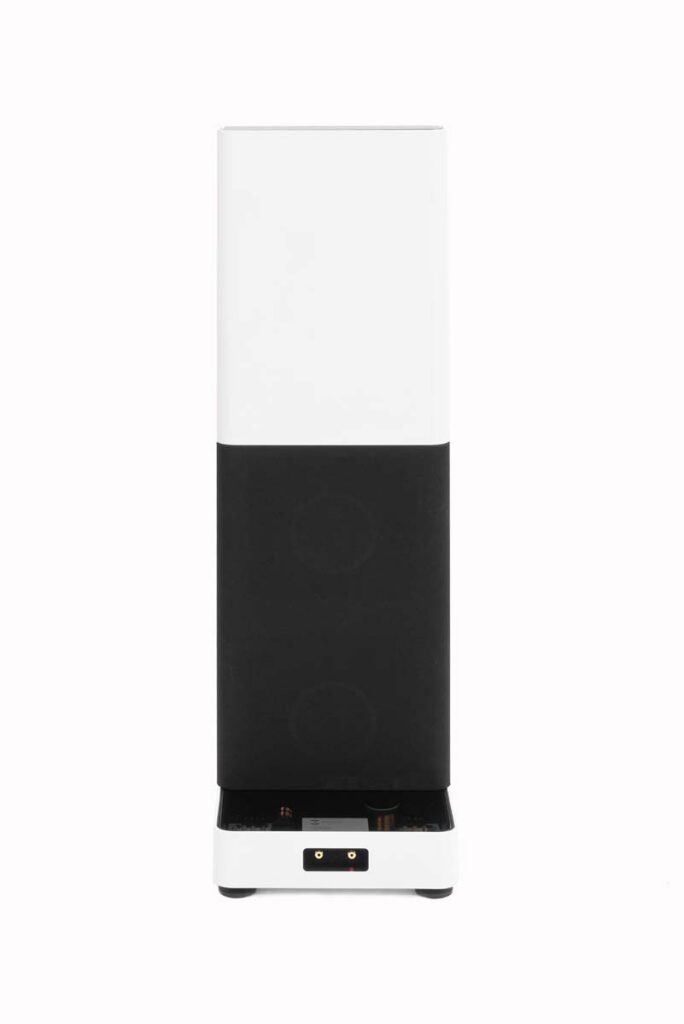
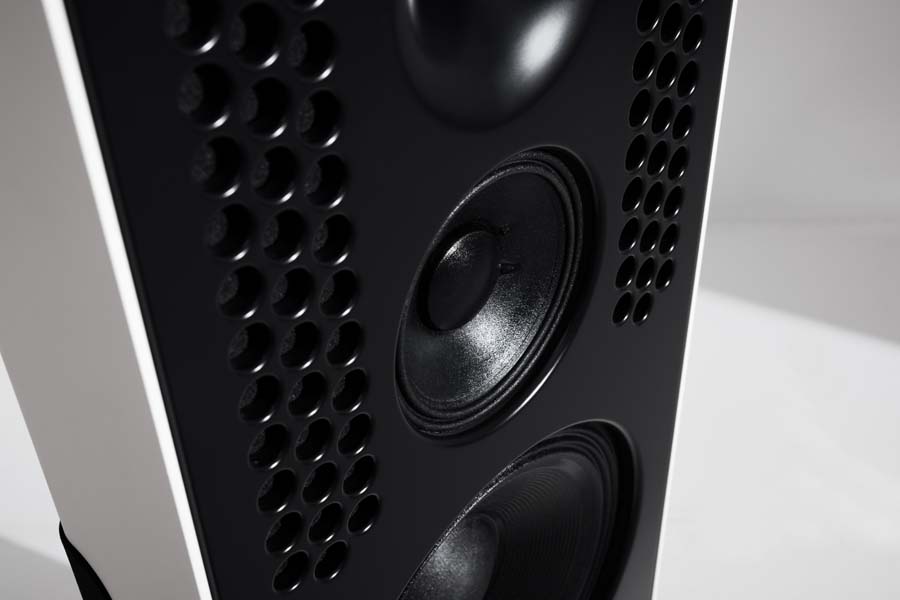
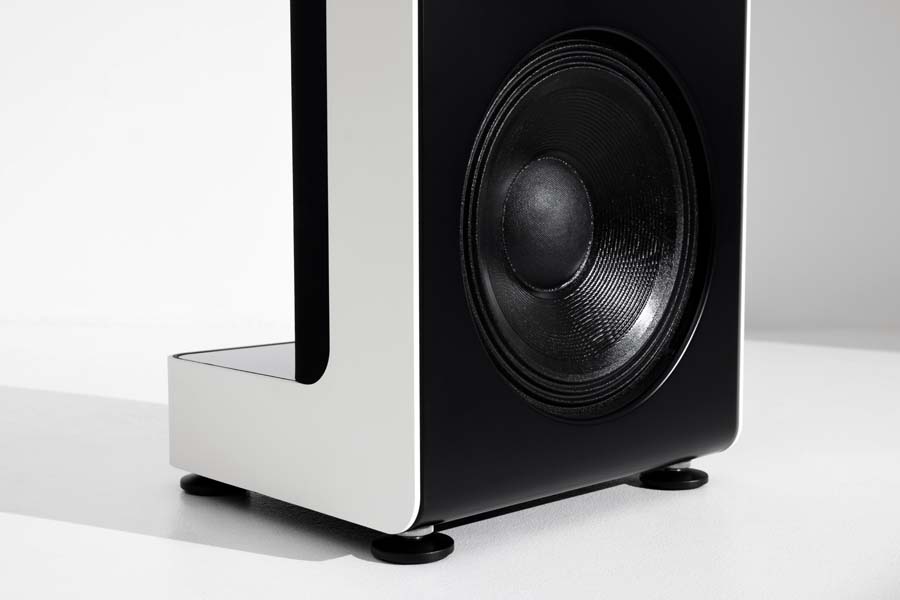
Tantra’s The Hills Of Katmandu’s relentless kick drum is all there, but so is the plucked bass and then the more high-energy focused baseline. I suppose the word I’m struggling to drag out is that the bass is balanced and in keeping with the original mix. Whilst we are talking about this tune (it’s excellent, by the way, and is available on the Disco Discharge: European Connection album) as well as the bass line you also have a relentless chopped guitar and lots of top-end (pass the poppers) synth noise effects that come across spectacularly well through the slightly horn-loaded tweeter. Some may say this is a little forward sounding in the tops but I just think it’s a really detailed representation of the mix and it certainly adds to the spaceyness of the track. I’m also impressed by the percussion lines throughout this record and the way the Challenger IIs get this across – there is speed and slam to the percussion that plays off the rest of the tune amazingly well, with the Silentc Pounds doing little to get in the way. There’s a point a bit after ten minutes into this track (it’s 16 minutes long) that the track breaks and you are drawn in by the percussion driven beat until at 11:10 (ish) the plucked electric bass comes in and you cant help but follow it and let the track’s many layers of sound draw you in. Soundscape-wise on this track you have a bubble of sound presented in front of you with you sitting right at the back of the bubble – if that makes sense. The word Holographic is bandied about somewhere in the Silent Pound literature and it’s an easy word for marketeers to jump on, but with the Silent Pounds it is somewhat warranted. Soundstaging is an important part of the listening experience for me and whether it’s an artificial stage created in the mix or whether it is a simply recorded live piece of music, I want to feel amongst the music but without it feeling artificial and contrived – the Silent Pounds score well on this front. As an aside, Roon throws up Ambivalent’s Portmanteau and the thing that strikes me is the initial reversed kick drum sound and the electronic hats that are likewise heavily filtered. There’s a feel to the bass without it being overpowering. One more thing I noticed was that everything in the mix was very balanced in the sound-field – a stable image was presented at all times. Our main listening seat is actually a large sofa with the hotspot being right in the middle of it. I found I was able to move from one side to the other without the sound field collapsing – in fact, I experienced a very good stage off centre and so I reckon these are a speaker that will encourage family listening sessions rather than an isolationist approach to enjoying tunes.
As an aside, the Cure’s Alone of their new album sounded absolutely spectacular, but this is one of the first times I’ve heard it on a proper system and so I’m not going to comment beyond that.
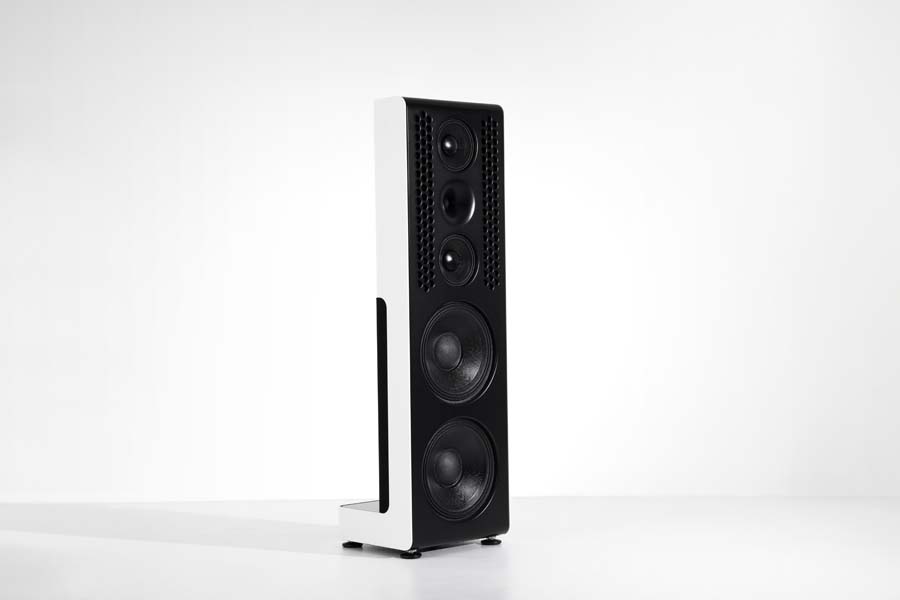
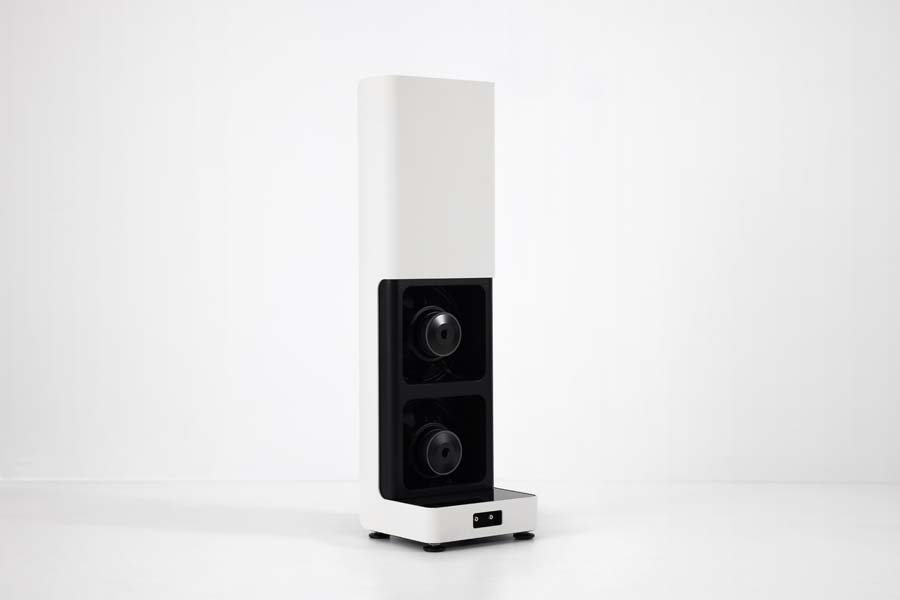
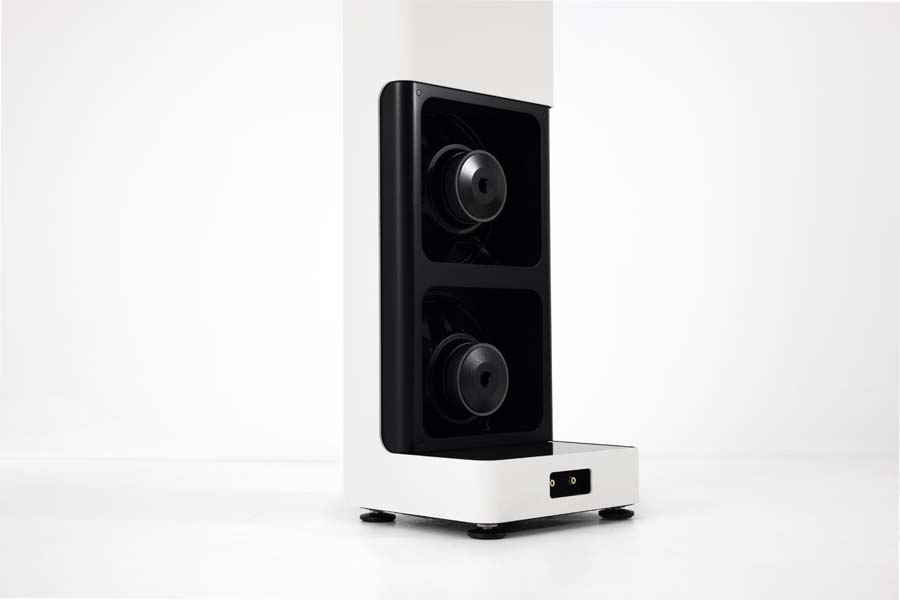
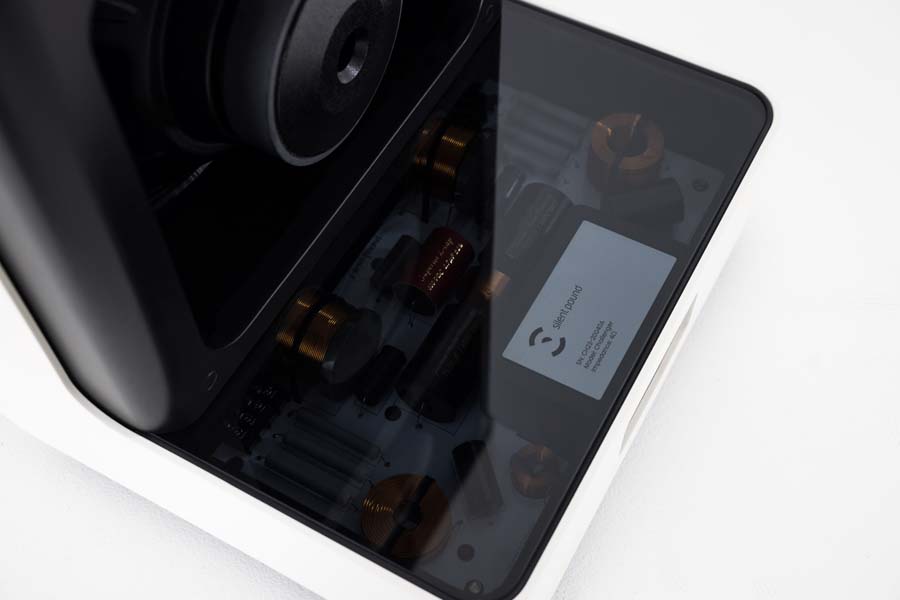
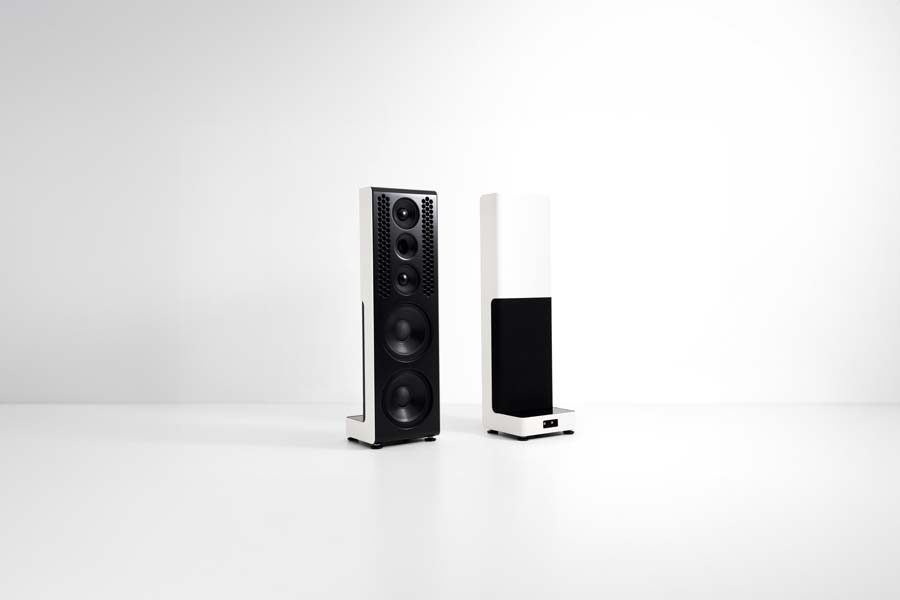
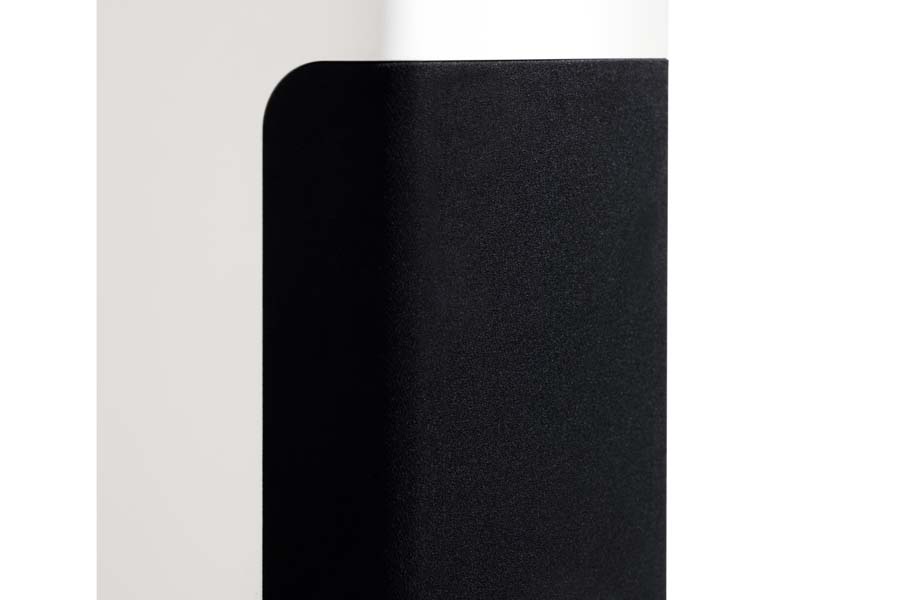
Switching genres a smidge (but not massively) I picked out Lee Scratch Perry’s From the Secret Laboratory with Adrian Sherwood on the mix. This is a record from 1990 that straddles dub reggae and club music gloriously – it’s also a bit of a workout for speakers as it goes deep and has lots going on in the mix. Once again I found the overall sound to be very balanced but with baselines being easy to follow. However, there’s a couple of kicks on what sound like an electronic (perhaps) bass drum around half way through that cut through the mix and give emphasis to the bottom end. These hollower sounding kicks can get lost in a but of a mush of bass but the Challenger IIs keep everything under control – but then the Electrocompaniet amplifier we are using is masterful in the control area and I reckon this amp is a very good partner for the speakers. Certainly, the speakers respond very well to having a bit of power put up them and Silent Pound do suggest an amplifier with at least 100W a channel of power. All the while listening to this record I felt the baselines underpinned everything in the mix very nicely, but I never felt that I was missing anything through out the rest of the mix – all the little dubby reverbs and whatnot were present and correct. Perry’s vocals were represented brilliantly too, with there being little inflections in his voice clearly audible, particularly towards the end of Inspector Gadget – there is fab detail through the mids here. Likewise when listening to the related album Strike the Balance by Dub Syndicate, I was still very impressed with the way the Silent Pound speakers never lost their cool and presented the tunes with a sure-footedness that really lent itself to this kind of music. Again, I was really drawn to the way the bass guitar and bass drum played off each other and even when playing a note together it was easy to distinguish one instrument from the other.
What you are NOT getting with these speakers is a great deal of added fireworks that will beguile you into a short term, but ultimately unsatisfying relationship. Quite the opposite, in fact. I found the longer I sat in front of the Challenger IIs, the more I really got into their presentation. There is that balance of sound that I mentioned, but on top of that you get a very detailed sound you can “look into” but without feeling the need to over-analyse what you are hearing. Many were the times that I put on a test track from an album and then let the rest of the album play. I also found myself listening to a lot of bass heavy music on these speakers when listening for my own pleasure, but more because the speakers weren’t bass “heavy”.
However, Motörhead’s Overkill will sort the grown ups from the children. It’s five minutes of unrelenting rock and roll mayhem with a driving rhythm section that is absolutely relentless. It’s a good track to use as it’s pretty raw. It sounds great on these speakers. That double kick that is Philthy Phil Taylor’s trademark is frenetic and you cannot help but tap your feet. But as well as that rhythm track you also get Fast Eddie Clarke’s forthright guitar…and then there’s Lemmy’s vocal. I had thought that these speakers might be a little polite with this kind of music, but, again, they barely break a sweat, even when playing at volume. Do I prefer the Isobaric bass on our Audio vector R6 speakers with this kind of music? Probably, I do, but that’s down to personal taste, what cannot be denied I that the Challenger IIs are doing a very good job here and they allowed me to get right into the beat and the feel of the music I was listening to. Stay Clean was a great listen too, with Lemmy’s sneering and accusative vocal delivery coming through brilliantly – his bass guitar playing on this track comes across fantastically too and I do think Lemmy’s bass playing was somewhat underestimated by many.
I’ve got right into Adrianne Lenker’s Bright Future record and particularly the song Sadness As a Gift. It’s pretty stripped back stuff and its success in a system really depends on the rawness and basic recording shining through, but without the system getting in the way and adding it’s own flavour. The Challenger’s score high here! They are a speaker that once they are broken in properly don’t really add a great deal of their character to the music, despite them having what looks to be a very complex crossover network.
The same transparency and faithfulness to the track comes across when playing Ali Farka Toure’s Roucky. The steeliness of the guitar shines out of the mix with everything else layered in the mix. Now, I quite like to hear distinct layers in the music when I am looking for it in this kind of listening but as well as having the layering effect (for want of a better phrase) I also want to feel that the music is presented as a whole. The Challenger IIs allow for this listening just for pleasure aspect and for when listening more intently – in fact, I’d suggest that if a speaker sounds “right” when being analytical then it is likely to strike the right chord when listening for pleasure. And I suppose this is what these speakers are very good at doing – they don’t have the fireworks and they don’t have much in the way of embellishing the music. What they do have is an honesty and transparency that allows you to sit down and relax in to your music when you want to, but without you feeling that the speakers are missing out on something, or, god forbid, throwing a deadening blanket over the tunes.
Kneecap’s Parful tune came on as I was writing my notes up and it kind of brought into focus what I like about these speakers. There’s a subdued bass kick throughout and then a buzzy electronic baseline that just belts out from the speakers without overpowering everything else that is going on.
QUIBBLES
I do think these need a decent run in period before they begin to bed in. They can sound a bit polite until loosened up.
The Challenger IIs aren’t a small speaker but nor are they massive. Silent Pound did show us a new and smaller speaker whilst at the Warsaw show and that was excellent in the room we heard it in.
You will need an amplifier that has a bit of grunt with Silent Pound suggesting an amp of between 100 and 400w.
You will need to have a bit of space behind and to the sides of the speakers (much like pretty much all speakers). I also think you need a decent sized room for the Challenger IIs as I do think they perform at their best when they are pushed a little bit.
CONCLUSION
As an open baffle concept, the Silent Pound Challenger IIs could be seen as being a pretty esoteric beast, but the brand has managed to create a product that ticks all the nerdy audiophile boxes in a package that looks fantastic. I think thee speakers offer something that can be seen as a luxury lifestyle product that also performs sonically and so straddles that designophile/audiophile market perfectly – there should be more of this in my opinion!
Sonically the Challenger IIs are a pretty neutral sounding speaker that is balanced from top to bottom with the bass being particularly well integrated. Nothing in the audio-spectrum is overblown or pushed too far to the fore in the mix.
Soundstaging is excellent with there being a definite hotspot in which to sit, but which is enjoyable fairly wide of the central position. A good thing for those looking to listen in a less solitary fashion. With that said, basic set up and positioning was pretty simple and with only a little tweaking being needed.
They aren’t a particularly sensitive loudspeaker and you will need to make sure you have an amplifier that is going to drive then well. I also think the speaker benefit from being pushed a little bit too and that means I preferred them when played at decent volumes.
I enjoyed all the different genres I listened to equally on these speakers.
I’m giving theses speakers our 5 Hearts review but stating this is a high 5 bordering on Editor’s Choice award. The speakers only really lose points in that I believe they are dependent on having a properly matched amplifier that needs to have some power behind it. I also think they sound at their best at reasonable volume rather than low volume and this may inhibit their appeal – but, hey, you buy big speakers you expect to play them loud from time to time and they sound more than acceptable at lower volumes too!
AT A GLANCE
Build Quality and Features:
Interesting looking speakers that are solidly built and very nicely finished
Being able to see the crossover is a cool thing
Open baffle bass with a rear magnetic guard to stop prying fingers and paws, though I did prefer the speakers sound with these guards off
Simple adjustable footers allow for easy levelling, though I would like to have something like the Isoacoustic Gaia footers fitted – you could add these yourself should you wish
Sound Quality:
Clean and uncoloured
Good soundstaging and imaging
Well integrated from top to bottom
The Challenger IIs come alive when pushed a little bit, though they are nice enough at low volume too
Bass is exceptionally well done on these speakers – if there are several bass things going off in a tune then the Challenger IIs manage to separate them and present them as independent sounds within a whole…if that makes sense
Value For Money:
I’ve seen speakers that are not as well finished as these speakers cost a lot more
Overall they are a luxury buy, but in the market we find ourselves these are priced sensibly
We Loved:
The ability to sit and listen analytically as well as just sit and enjoy your tunes
The finish is excellent
The balanced nature of the tunes from top to bottom without any frequency band dominating – a very enjoyable listen
Push them (I like to listen at decent volume) and they come alive
The bass is very well balanced – there is plenty of it but it doesn’t dominate, to the point that when a stronger bass note comes along you certainly hear it. I guess I’m saying these speakers have a very natural bass performance
We Didn’t Love So Much:
You are going to need a decent amplifier to power these speakers effectively given their 88dB sensitivity
Took a while to break in and come on song
At lower volumes they aren’t at their best, though far from terrible – crank the volume up a notch higher than normal if your neighbours allow and enjoy
Elevator Pitch Review: At just shy of 28K (euros) the Challenger II open baffle bass speakers from Lithuanian brand Silent Pound are a beautiful-looking loudspeaker that also ticks all the audiophile nerd boxes. They are open baffle in the bass and are all about constant directivity and minimising room interactions, which they do very well.
Soundstaging is excellent both in the hot seat and wide of it.
They are a lovely-sounding balanced speaker that benefits from having a good and powerful amplifier attached to them and like to be pushed a little. Get the sweet spot volume-wise and they are fantastic sounding.
Stuart Smith
SUPPLIED SPECIFICATIONS
Impedance: 4 Ohm
Sensitivity: 88 db
Dimensions: 124 cm X 36 cm x 35 cm
Frequency range: 30 Hz – 18 kHz
Weight: ~ 60 kg/unit
Minimum impedance: 3.2 Ohm
Speaker drivers
- 2 x 300 mm (12”) woofers designed exclusively for Silent Pound systems
- 2 x 160 mm (6”) Midwoofer
- 1” compression driver
- MTM (midwoofer-tweeter-midwoofer) driver array
- 3.5 way speakers
Recommended amplifier 100-400W



















































